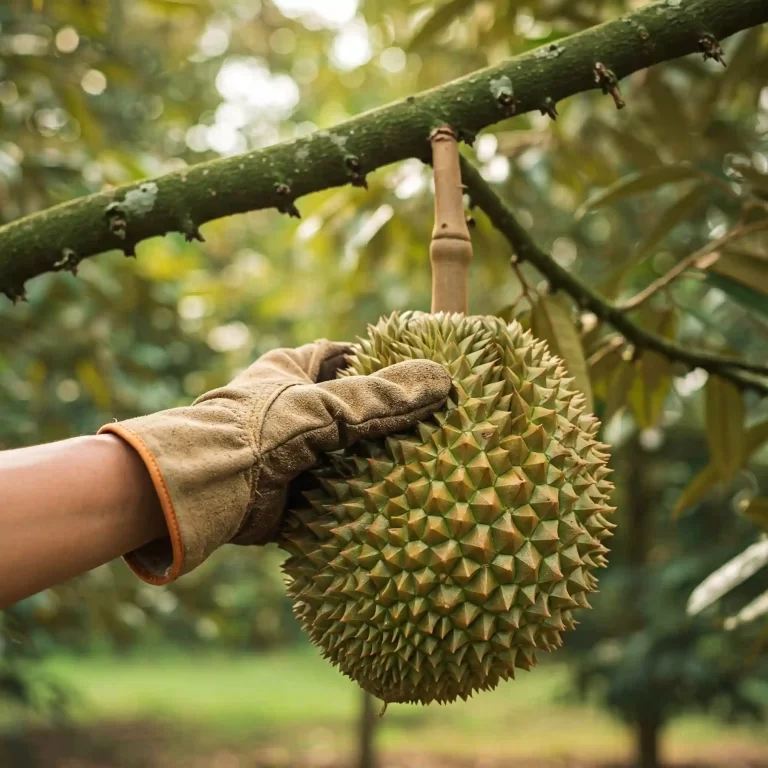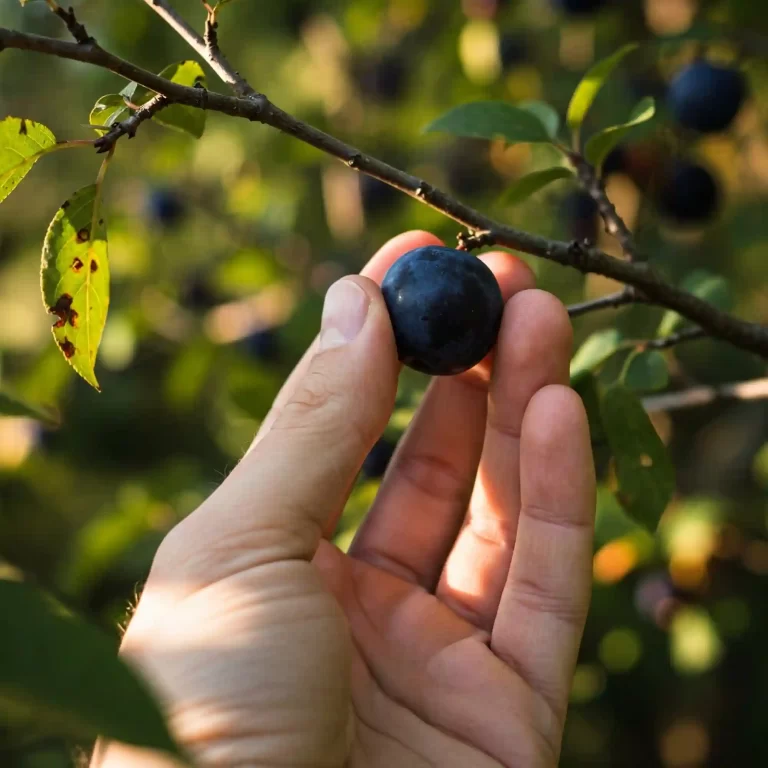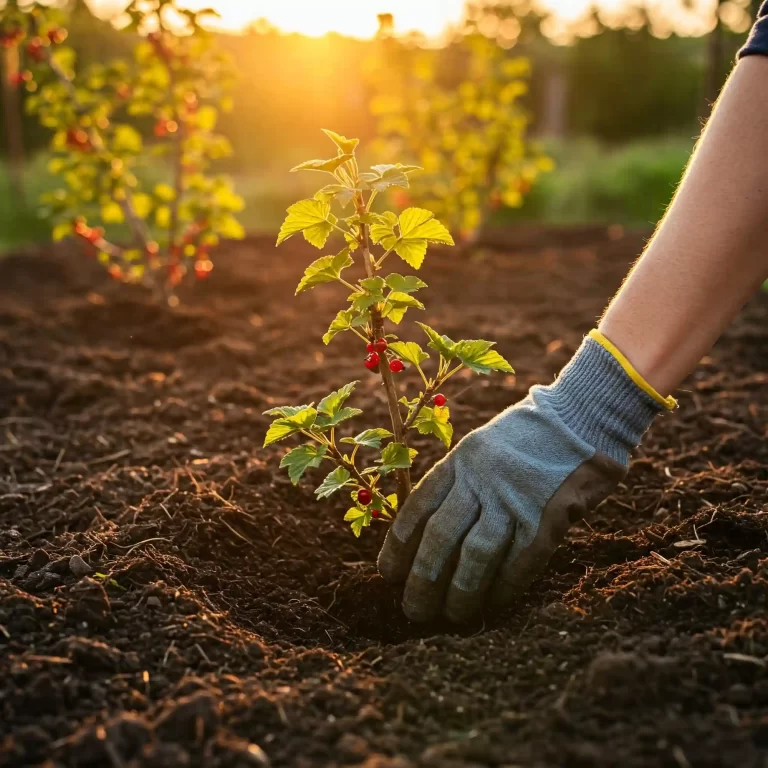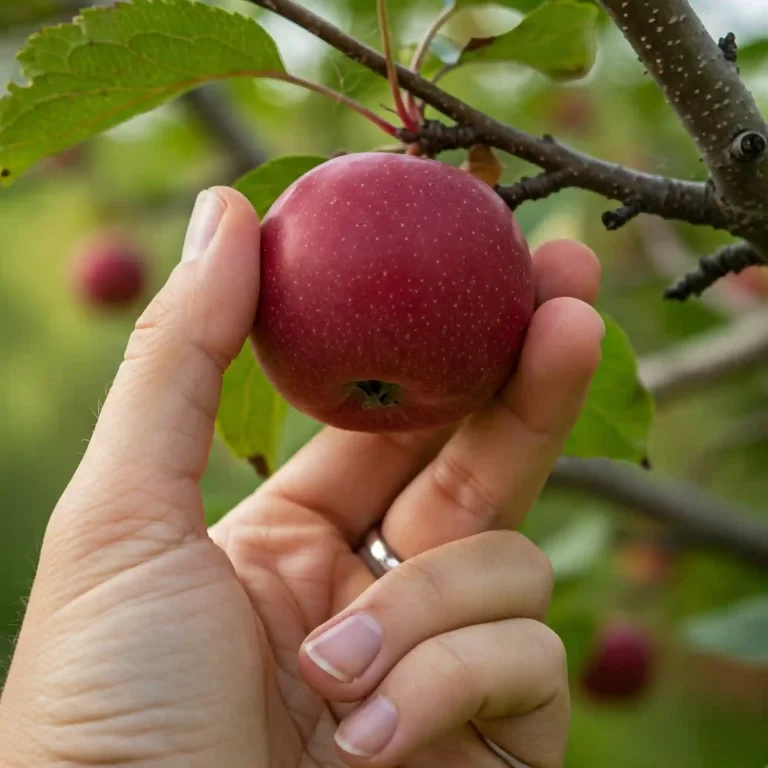| Key Takeaways |
|---|
| – Planting bushes in your garden can add beauty, privacy, and wildlife to your landscape |
| – The best time to plant bushes depends on the type of bush and the climate of your location |
| – The best location to plant bushes depends on the sun exposure, soil quality, drainage, and space of your site |
| – The best way to plant bushes is to dig a hole, remove the container or wrapping, tease out the roots, place the bush in the hole, fill with soil, water, and mulch |
| – There are many types of bushes to choose from based on their size, shape, color, flowering, foliage, growth rate, and hardiness |
Introduction
Do you want to transform your garden into a stunning and inviting space? Do you want to create a natural barrier that blocks unwanted views and noises? Do you want to attract birds, butterflies, and bees to your backyard?
If you answered yes to any of these questions, then planting bushes in your garden is a great idea. Bushes, also known as shrubs, are woody plants that have multiple stems and branches, usually smaller than trees. They come in a variety of shapes, sizes, colors, and textures, and can add interest and diversity to your landscape.
But before you rush to the nursery and buy the first bush that catches your eye, you need to know some important things. When should you plant bushes? Where should you plant them? How should you plant them? And what types of bushes are suitable for your garden?
In this article, we will answer all these questions and more. We will show you how to plant bushes successfully in your garden using the best practices and tips. We will also help you choose the best bush for your garden based on your preferences and needs.
By the end of this article, you will have all the information you need to plant bushes in your garden like a pro. So let’s get started!
When to Plant Bushes
The first thing you need to know is when to plant bushes in your garden. The best time to plant bushes depends on two factors: the type of bush and the climate of your location.
Generally speaking, fall is the best season for planting most bushes. This is because fall planting gives them time to establish their roots before winter and spring. During winter, the soil stays cool and moist, which encourages root growth. During spring, the air temperature warms up faster than the soil temperature, which prevents transplant shock.
However, some bushes may prefer spring planting, especially if they are evergreen or frost-sensitive. Evergreen bushes are those that keep their leaves all year round. Frost-sensitive bushes are those that cannot tolerate freezing temperatures. Spring planting gives them more time to acclimate to their new environment before winter arrives.
Here are some examples of evergreen and deciduous bushes and their preferred planting seasons:
| Evergreen Bushes | Deciduous Bushes |
|---|---|
| Holly | Hydrangea |
| Boxwood | Lilac |
| Rhododendron | Forsythia |
| Azalea | Spirea |
Of course, there may be some exceptions or special cases depending on your specific type of bush or your local weather conditions. For example, some tropical or subtropical bushes may need winter protection or indoor care if you live in a cold climate. Some drought-tolerant or heat-tolerant bushes may need extra watering or shading if you live in a hot climate.
To determine the best time to plant bushes in your area, you can use some simple methods such as checking the soil temperature and moisture. The ideal soil temperature for planting bushes is between 50°F and 60°F (10°C and 15°C). The ideal soil moisture for planting bushes is moist but not soggy or dry.
You can check the soil temperature by using a thermometer or by feeling it with your hand. You can check the soil moisture by squeezing a handful of soil in your palm. If it forms a ball that crumbles easily when poked, it has the right moisture level. If it stays wet or sticky, it is too wet. If it falls apart or feels dusty, it is too dry.
By following these guidelines, you can ensure that you plant your bushes at the right time for optimal growth and survival.
Where to Plant Bushes
The second thing you need to know is where to plant bushes in your garden. The best location to plant bushes depends on four factors: sun exposure, soil quality, drainage, and space.
Sun exposure refers to the amount of direct sunlight that your site receives throughout the day. Soil quality refers to the texture, pH, and nutrient level of your soil. Drainage refers to the ability of your soil to retain or release water. Space refers to the area and shape of your site and the size and spread of your bush.
Choosing the right location for your bushes is crucial for their health and appearance. Different types of bushes have different requirements and preferences for these factors. If you plant them in a location that does not suit them, they may suffer from stress, disease, or poor growth.
Here are some examples of sun-loving and shade-tolerant bushes and their optimal planting locations:
| Sun-Loving Bushes | Shade-Tolerant Bushes |
|---|---|
| Rose | Hydrangea |
| Lavender | Azalea |
| Butterfly Bush | Rhododendron |
| Forsythia | Boxwood |
Of course, there may be some variations or exceptions depending on your specific type of bush or your local weather conditions. For example, some sun-loving bushes may need partial shade in hot climates to prevent scorching or wilting. Some shade-tolerant bushes may need some sun in cold climates to encourage flowering or foliage.
To avoid making common mistakes or pitfalls when choosing a location for your bushes, you should follow some simple rules such as:
- Do not plant your bushes too close to buildings, utilities, or other plants. This may interfere with their growth, access, or maintenance.
- Do not plant your bushes under trees or large shrubs. This may compete with them for water, nutrients, or light.
- Do not plant your bushes in low-lying areas or near water sources. This may cause waterlogging or flooding problems.
- Do not plant your bushes in windy or exposed areas. This may damage their branches or leaves.
To prepare the planting site for your bushes, you should follow some simple steps such as:
- Dig a hole that is twice as wide and as deep as the root ball of your bush.
- Loosen the soil at the bottom and sides of the hole to encourage root growth.
- Add some organic matter or fertilizer to the soil if needed to improve its quality.
- Test the soil pH and adjust it if needed to suit your bush type.
By following these guidelines, you can ensure that you plant your bushes in the right location for optimal growth and survival.
Types of Bushes
The fourth and final thing you need to know is what types of bushes are suitable for your garden. There are many types of bushes to choose from, each with its own characteristics and features. Choosing the best bush for your garden depends on your preferences and needs, such as the size, shape, color, flowering, foliage, growth rate, and hardiness of the bush.
To help you narrow down your choices, you can use some categories or classifications that group bushes based on their common traits. These categories are not mutually exclusive, and some bushes may belong to more than one category. Here are some of the most common categories of bushes and some examples for each one:
- Size: This category refers to the height and width of the bush. Some bushes are small and compact, while others are large and sprawling. The size of the bush will affect its space requirements, maintenance needs, and visual impact.
- Small Bushes: These are bushes that grow up to 3 feet tall and wide. They are ideal for containers, borders, or small gardens. Some examples are lavender, heather, and dwarf azalea.
- Medium Bushes: These are bushes that grow between 3 and 6 feet tall and wide. They are suitable for hedges, screens, or mixed beds. Some examples are rose, spirea, and hydrangea.
- Large Bushes: These are bushes that grow more than 6 feet tall and wide. They are perfect for focal points, backgrounds, or privacy. Some examples are lilac, forsythia, and butterfly bush.
- Shape: This category refers to the form or silhouette of the bush. Some bushes have a round or oval shape, while others have a columnar or pyramidal shape. The shape of the bush will affect its style, symmetry, and balance.
- Round Bushes: These are bushes that have a circular or spherical shape. They are easy to prune and maintain, and they create a soft and cozy look. Some examples are boxwood, holly, and rhododendron.
- Oval Bushes: These are bushes that have an elliptical or egg-shaped form. They are versatile and adaptable, and they create a smooth and elegant look. Some examples are azalea, hydrangea, and spirea.
- Columnar Bushes: These are bushes that have a narrow or upright shape. They are ideal for tight spaces or vertical accents, and they create a sleek and modern look. Some examples are arborvitae, juniper, and yew.
- Pyramidal Bushes: These are bushes that have a triangular or cone-shaped form. They are perfect for corners or focal points, and they create a dramatic and classic look. Some examples are spruce, fir, and holly.
- Color: This category refers to the hue or tint of the bush. Some bushes have a green or brown color, while others have a red or yellow color. The color of the bush will affect its mood, contrast, and harmony.
- Green Bushes: These are bushes that have a green color throughout the year or most of the year. They are evergreen or semi-evergreen, and they provide a constant backdrop or foundation for other plants. Some examples are boxwood, holly, and rhododendron.
- Brown Bushes: These are bushes that have a brown color during winter or part of the year. They are deciduous or semi-deciduous, and they provide a seasonal change or interest for other plants. Some examples are hydrangea, lilac, and forsythia.
- Red Bushes: These are bushes that have a red color in their flowers, foliage, stems, or fruits. They are eye-catching or showy, and they provide a warm or vibrant accent for other plants. Some examples are rose, barberry, and cotoneaster.
- Yellow Bushes: These are bushes that have a yellow color in their flowers, foliage, stems, or fruits. They are cheerful or bright, and they provide a cool or lively accent for other plants. Some examples are spirea, forsythia, and witch hazel.
- Flowering: This category refers to the presence or absence of flowers on the bush. Some bushes have flowers that bloom in spring or summer, while others have flowers that bloom in fall or winter. The flowering of the bush will affect its fragrance, pollination, and attractiveness.
- Flowering Bushes: These are bushes that have flowers that bloom at some point during the year. They are colorful or fragrant, and they attract birds, butterflies, and bees. Some examples are rose, hydrangea, and lilac.
- Non-Flowering Bushes: These are bushes that do not have flowers or have very small or inconspicuous flowers. They are simple or subtle, and they rely on their foliage, stems, or fruits for interest. Some examples are boxwood, juniper, and holly.
- Foliage: This category refers to the type or quality of the leaves on the bush. Some bushes have evergreen or semi-evergreen foliage, while others have deciduous or semi-deciduous foliage. Some bushes have simple or plain foliage, while others have variegated or colorful foliage. The foliage of the bush will affect its texture, pattern, and diversity.
- Evergreen Foliage: These are bushes that keep their leaves all year round or most of the year. They are constant or reliable, and they provide a backdrop or foundation for other plants. Some examples are boxwood, holly, and rhododendron.
- Deciduous Foliage: These are bushes that shed their leaves in fall or winter or part of the year. They are seasonal or dynamic, and they provide a change or interest for other plants. Some examples are hydrangea, lilac, and forsythia.
- Simple Foliage: These are bushes that have leaves that are uniform or plain in color, shape, or size. They are easy or basic, and they provide a smooth or solid look for other plants. Some examples are boxwood, holly, and juniper.
- Variegated Foliage: These are bushes that have leaves that are diverse or colorful in color, shape, or size. They are complex or interesting, and they provide a contrast or accent for other plants. Some examples are spirea, barberry, and euonymus.
- Growth Rate: This category refers to the speed or amount of growth of the bush. Some bushes grow fast or vigorous, while others grow slow or moderate. The growth rate of the bush will affect its space requirements, maintenance needs, and visual impact.
- Fast Growing Bushes: These are bushes that grow more than 12 inches per year. They are ideal for filling large spaces quickly or creating instant effects. Some examples are butterfly bush, forsythia, and privet.
- Slow Growing Bushes: These are bushes that grow less than 6 inches per year. They are suitable for small spaces or low maintenance gardens. Some examples are boxwood, lavender, and dwarf azalea.
- Hardiness: This category refers to the ability or tolerance of the bush to survive cold temperatures. Some bushes are hardy or resilient, while others are tender or sensitive. The hardiness of the bush will affect its survival rate, protection needs, and planting zones.
- Hardy Bushes: These are bushes that can survive temperatures below 0°F (-18°C) without damage. They are tough or durable, and they can withstand harsh winters without protection. Some examples are spruce, fir, and holly.
- Tender Bushes: These are bushes that cannot survive temperatures below 32°F (0°C) without damage. They are delicate or fragile, and they need winter protection or indoor care in cold climates. Some examples are rose, lavender, and tropical hibiscus.
These are some of the most common categories of bushes and some examples for each one. Of course, there may be more categories or subcategories depending on your specific type of bush or your personal preference. You can use these categories as a guide to help you choose the best bush for your garden based on your preferences and needs.
Conclusion
In this article, we have shown you how to plant bushes successfully in your garden using the best practices and tips. We have also helped you choose the best bush for your garden based on your preferences and needs.
We hope you have learned a lot from this article and that you will enjoy planting bushes in your garden. Planting bushes in your garden can add beauty, privacy, and wildlife to your landscape. It can also be a fun and rewarding activity that you can do with your family or friends.
So what are you waiting for? Grab your shovel and gloves and start planting bushes in your garden today!
Thank you for reading this article and happy gardening!




